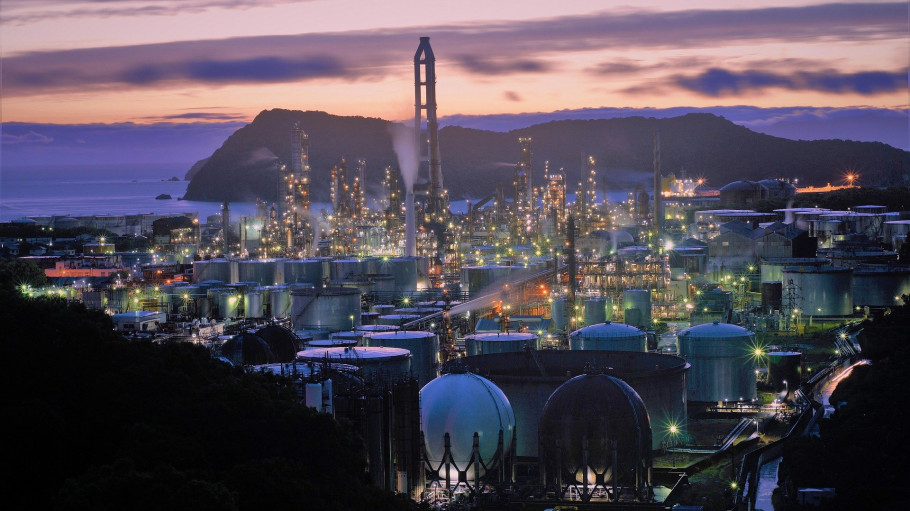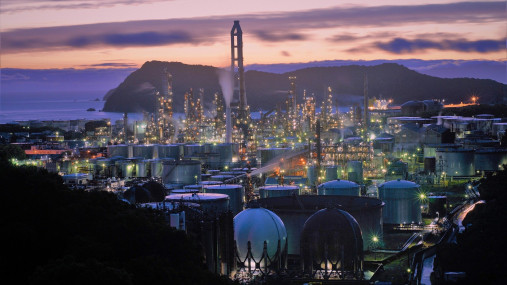
Publications » Position papers » Joint statement on prioritising the use of high-efficiency cogeneration by industrial operators to
Prioritising the use of high-efficiency cogeneration by industrial operators to reach 2030 climate goals
Downloads and links
Recent updates

The Fit for 55 package must safeguard industrial users’ incentives to operate on-site high-efficiency cogeneration (CHP). The signatories call on the European Parliament and Member States to support the contribution of high-efficiency CHP to the EU’s climate goals. By prioritising high-efficiency on-site cogeneration over less efficient power-only and heat-only generation, even greater carbon emission reductions and further energy efficiency gains can be achieved as clean energy sources become widely available at a competitive price.
Up to 70% of industrial energy demand consists of medium and high temperature process heat, most of which cannot be electrified either due to cost or technical constraints. Many industries use CHP to reduce energy consumption and emissions at lowest cost.
Cogeneration is an extremely valuable future-proof energy efficiency solution in and of itself with a key role to play on the path to carbon neutrality. Its contributions to the overall EU energy system and to the industrial ecosystems include energy security (i.e., on-site own production and consumption of energy), energy system integration (i.e., demand-side flexibility), circular use of energy within system boundaries, and as an alternative to carbon intensive energy.
For these reasons, the reformed EU 2030 climate and energy policy framework should prioritise high-efficiency cogeneration. At the core of the policy framework to incentivise industrial CHP operators is the Energy Efficiency Directive (EED), which must prioritise the use of CHP to:
1. Ensure continuous emission reduction of the entire European energy system. The flexible operation and decentralised nature of CHP plants also make them versatile and useful for grid stability. Therefore, overly rigid criteria for high-efficiency cogeneration, such as the direct CO2 emissions threshold or the restricted list of eligible fuels, could hinder the decarbonisation efforts and lead to unintended consequences. In particular:
- shift to the grid electricity: industry might be forced to shift from efficient on-site electricity production, in some industries already based to a large extent on renewable fuels, to purchasing more highly emitting and less efficient electricity from the grid;
- higher energy costs: the shift from on-site highly efficient generation to relying on grid supply might result in increasing energy costs for industry, which is already suffering from the energy price crisis. Higher demand for grid energy puts additional pressure on energy suppliers and further drives energy prices up;
- lower grid stability and system integration: the strict criteria might make it impossible for industrial CHP operators to take part in voluntary demand-side flexibility services. They will not be able to sell excess low-carbon electricity and (process or waste) heat to third parties, e.g. district heating and cooling. This would contradict the 2018 Renewable Energy Directive, which encourages Members State to foster industrial providers of (excess) heat to district heating and cooling to facilitate energy system integration;
- lower production of low-carbon energy: industrial CHP operators, for example steel producers, will be disincentivised to self-generate low-carbon energy with so called process gases (also known as waste gases) originating from on-site production processes. Consequently, additional external purchases of the currently available fuels (often with higher carbon intensity) would expose the industrial operators to higher energy costs, and lead to increasing on-site and system carbon emissions. Combustion of process gases should be excluded from the threshold.
2. Complement the uptake and efficient use of renewable and low-carbon energy today and in the future. It is crucial for manufacturing industries, which require simultaneous production of electricity and heat, to continue relying on energy savings delivered by high efficiency CHP, across a range of energy sources as renewable energy becomes available and affordable.
3. Capture the industry’s real energy savings potential. During the transition, the energy savings achieved using CHP in industry should count towards Member States’ energy efficiency obligations no matter their energy source. Already today energy savings achieved using CHP in industry make a significant contribution to lowering emissions throughout the EU. While industrial operators continue to decarbonise their production processes by improving energy efficiency and switching to clean energy sources, their efforts are often dependant on external factors.
Finally, the proposed revision of the Energy Taxation Directive will also have an impact on the future of the CHP operated by the industry.
Concluding, the use of CHP by industry is expected to facilitate the decarbonisation of heat. We call on the European Parliament and Member States to adopt measures that can secure the contribution of industrial CHP to reaching 2030 climate goals.


Strasbourg, 17 December 2025 – The European Commission’s latest proposals on the Carbon Border Adjustment Mechanism (CBAM), unveiled today, correctly identify several loopholes that risk undermining its effectiveness, notably regarding EU exports, downstream sectors and circumvention practices. However, despite these laudable efforts, the measures put forward fail to deliver a comprehensive and durable response to carbon and jobs leakage, warns the European Steel Association (EUROFER).
A milestone occasion to quickly and effectively restore affordable electricity, to relaunch the
decarbonization and strengthen the international competitiveness of the European steel
industry.
Brussels, 02 December 2025 – Unchanged negative conditions – U.S. tariffs and trade disruptions, economic and geopolitical tensions, protracted weak demand and still high energy prices – continue to weigh on the European steel market. EUROFER’s latest Economic and Steel Market Outlook confirms for 2025 another recession in both apparent steel consumption (-0.2%, unchanged) and steel-using sectors (-0.5%, revised from -0.7%). A potential recovery is expected only in 2026 for the Steel Weighted Industrial Production index (SWIP) (+1.8%, stable) and for apparent steel consumption (+3%, slightly revised from +3.1%) – although consumption volumes would still remain well below pre-pandemic levels. Steel imports retained historically high shares (27%), while exports plummeted (-9%) in the first eight months of 2025.